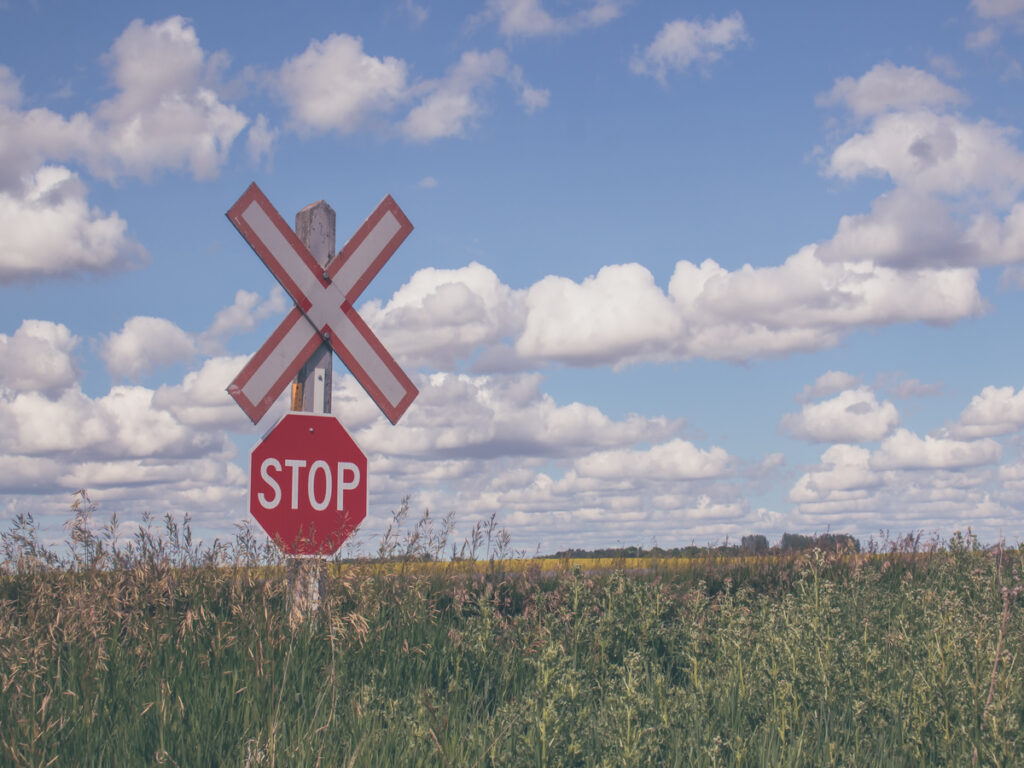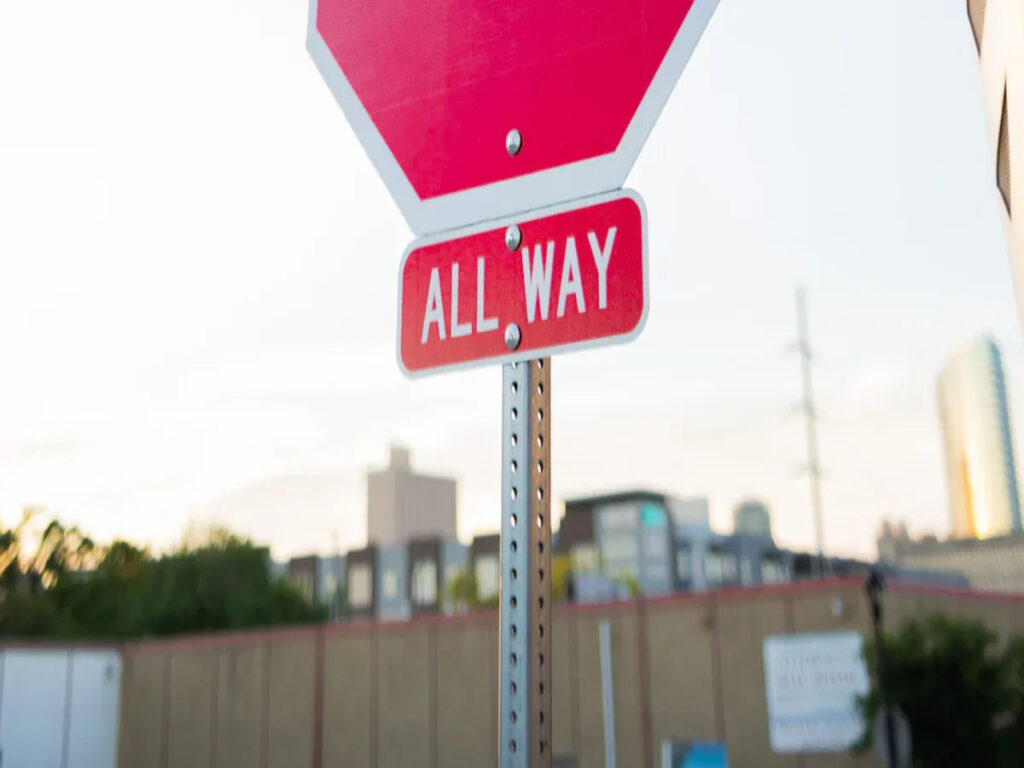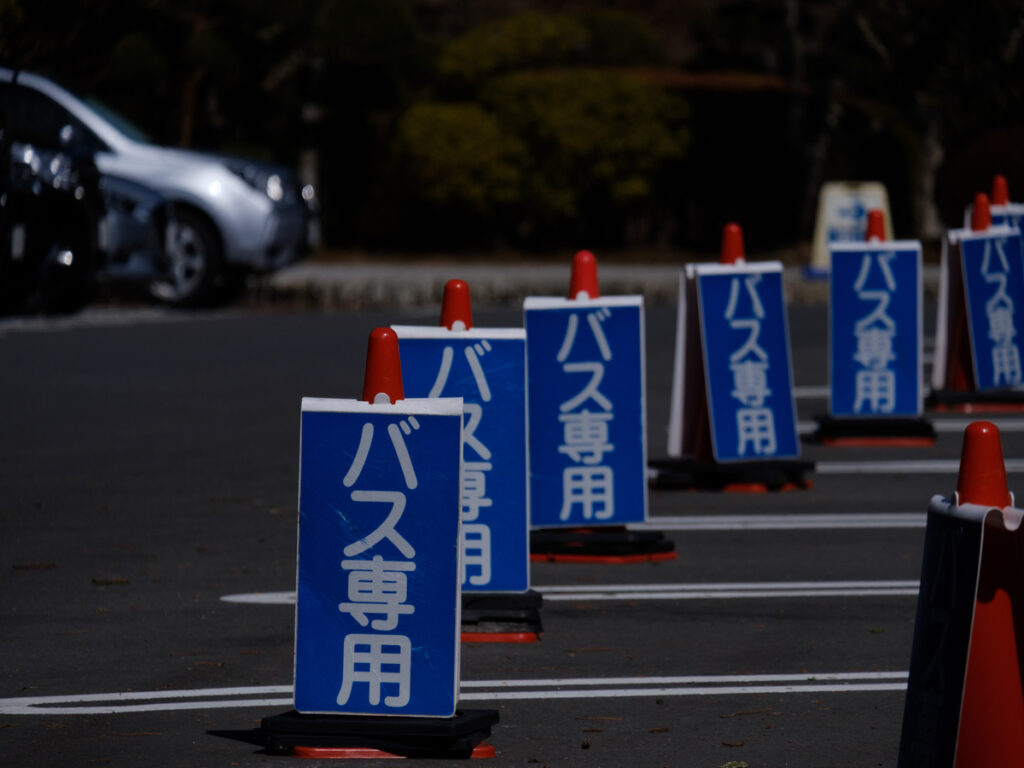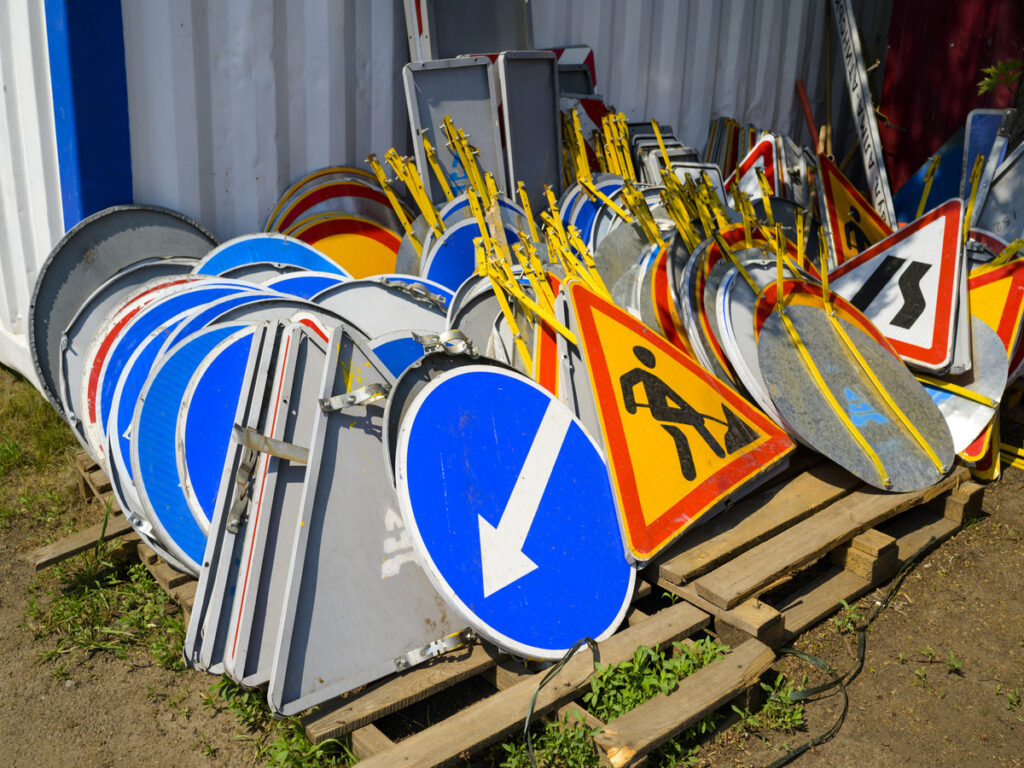Warum Sicherheitsschilder nicht einheitlich sind: Ein Blick auf kulturelle Unterschiede zwischen Großbritannien und den USA

Sicherheitsschilder sind wichtig, um die Sicherheit der Menschen zu gewährleisten. Sie können sie auf Straßen finden, an Arbeitsplätzen, und öffentliche Bereiche. Sie dienen dazu, auf Gefahren hinzuweisen und Anweisungen zu geben. Jedoch, Diese Zeichen sind nicht überall gleich. Was an einem Ort funktioniert, funktioniert aufgrund kultureller Unterschiede möglicherweise an einem anderen nicht.
Können Sie legal Ihr eigenes Stoppschild aufstellen??

Das Anbringen von Stoppschildern aus Metall auf öffentlichen Straßen ist illegal und kann zu Bußgeldern oder Unfällen führen. Verwenden Sie sie nur auf Privatgrundstücken oder wenden Sie sich an die örtlichen Behörden.
Warum regenresistente Verkehrskegel während der Regenzeit Japans wesentlich sind

Japans Regenzeit (Regenzeit/Syu) macht Straßen rutschig und gefährlich. Starker Regen senkt die Sichtbarkeit, erhöht das Unfallrisiko, und verursacht Überschwemmungen. Aus 1985 Zu 2018, 70% der Katastrophen in Japan waren auf regenbedingte Überschwemmungen zurückzuführen. Dies zeigt, warum Sicherheitsmaßnahmen jetzt so wichtig sind. Leitkegel dienen als erste Verteidigungslinie. Sie leiten Autos und Personen aus Gefahrenzonen. Ihre leuchtenden Farben und reflektierenden Streifen machen sie leicht zu sehen, auch im Dunkeln, regnerisches Wetter. Stark, Regenfeste Designs sorgen dafür, dass sie stehen bleiben, Egal wie windig oder nass es wird. Ob zur Markierung von überschwemmten Straßen oder Notfallgebieten, Diese Kanalisierungskegel sind der Schlüssel zur Sicherheit.
Was ist die beste Metalldicke für Zeichen?

Beim Pflücken von Metall für Zeichen, Dicke ist sehr wichtig. Sie möchten, dass die Verkehrsschilder aus Metall gut aussehen, Letzte lange, und bleib stark. Die Metalldicke wird als Dicke bezeichnet. Eine niedrigere Stärkezahl bedeutet dickeres und stärkeres Metall. Zum Beispiel, .063-Dickes Aluminium eignet sich gut für Außenschilder, während .125-Gauge-Aluminium besser für raues Wetter wie starken Wind oder Stöße geeignet ist. Ob für Metallverkehrsschilder oder Innendisplays, Die richtige Dicke sorgt für Haltbarkeit, wetterfest, und ein ansprechendes Erscheinungsbild.













